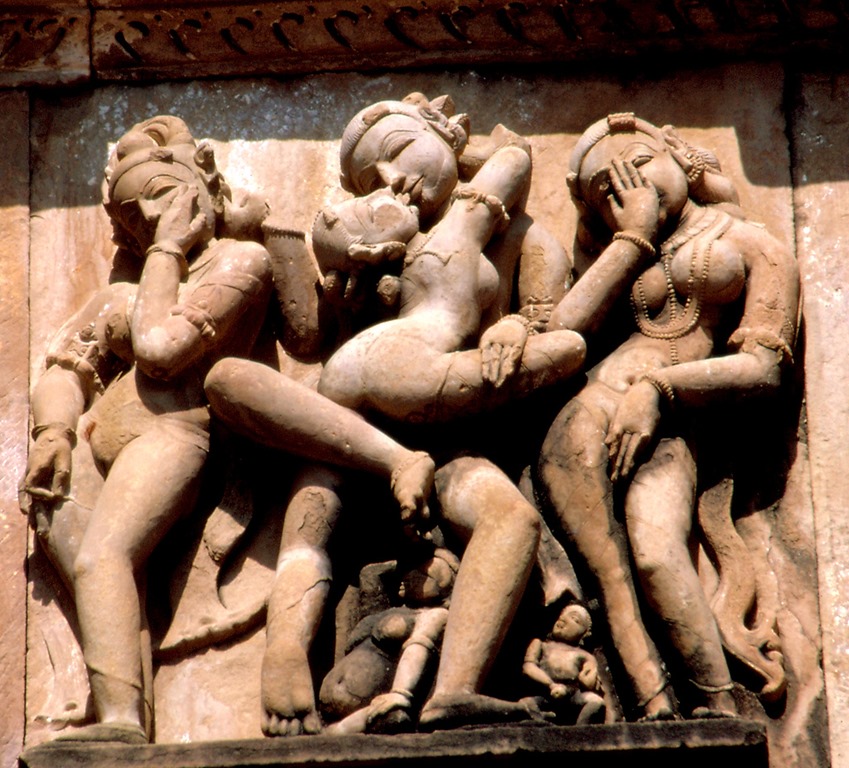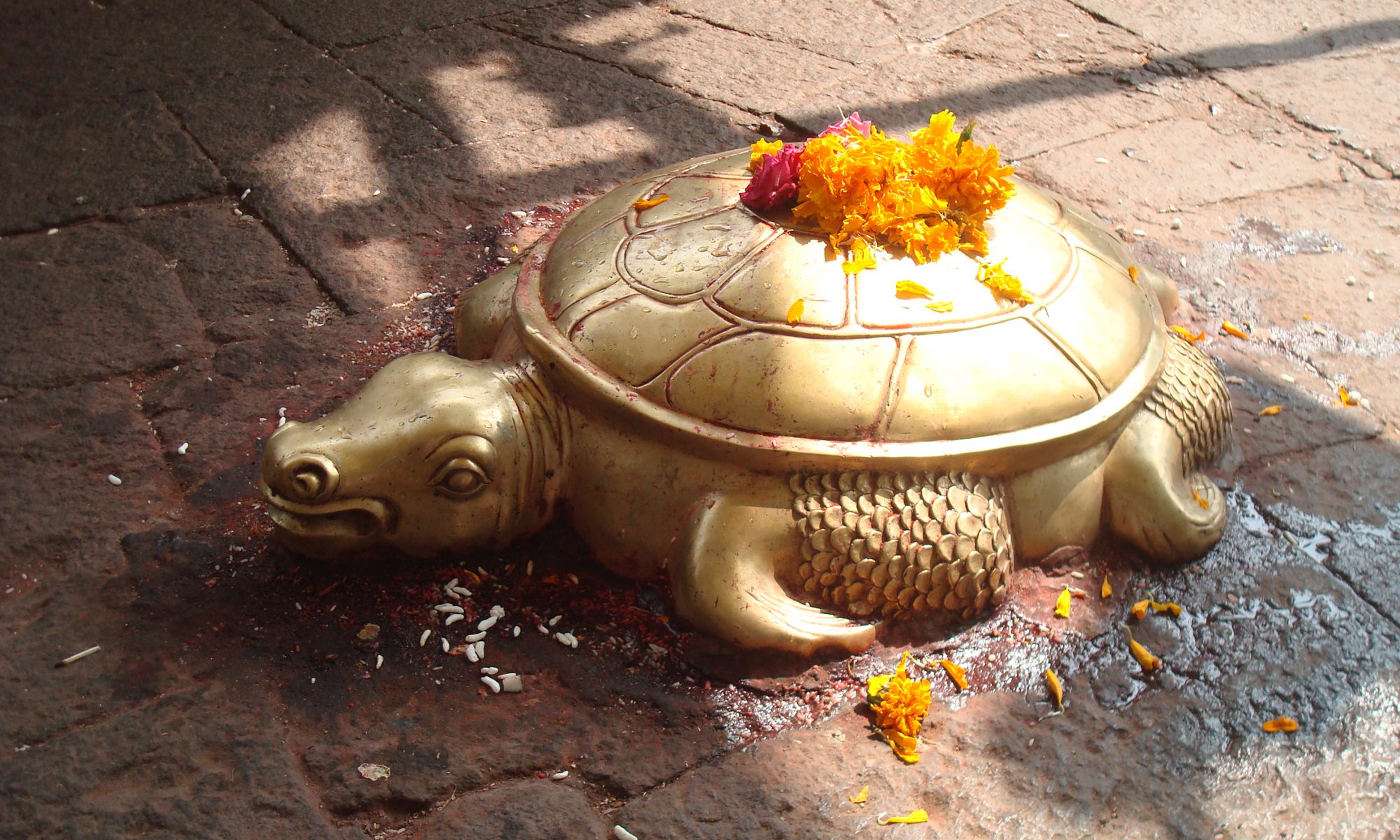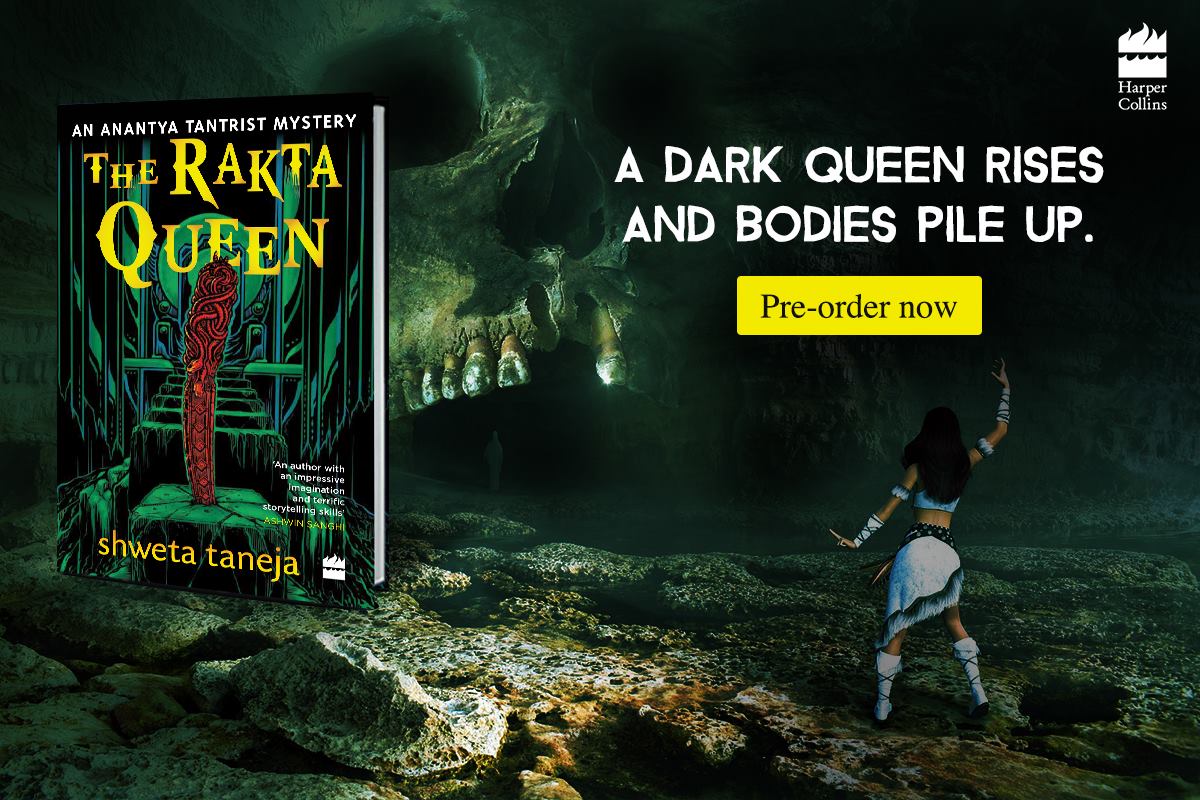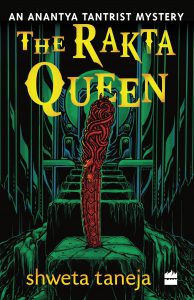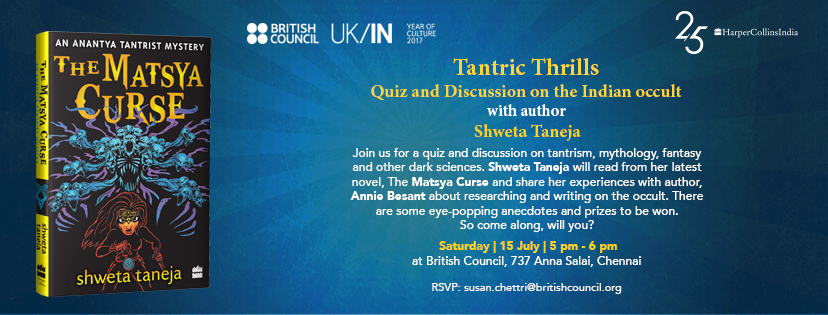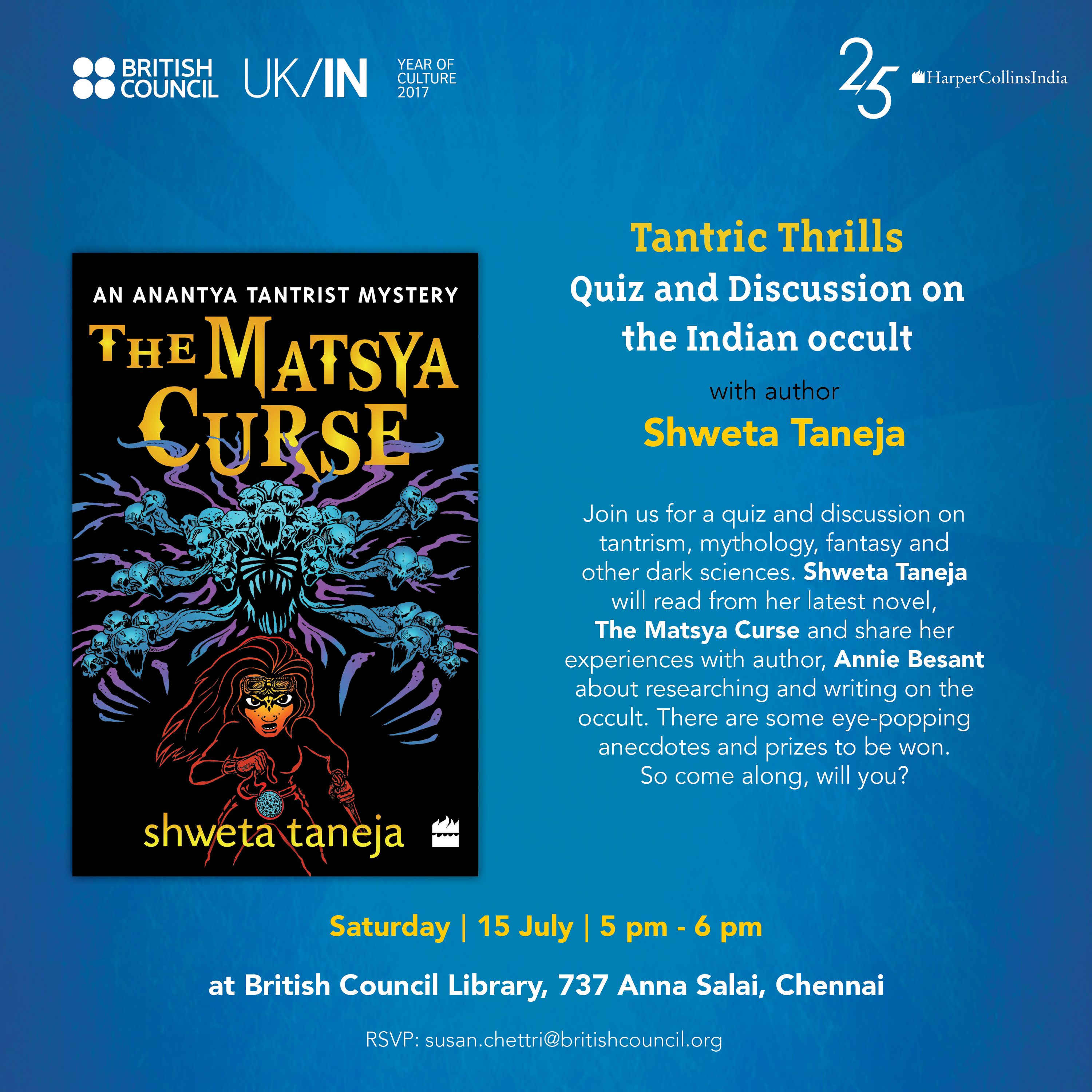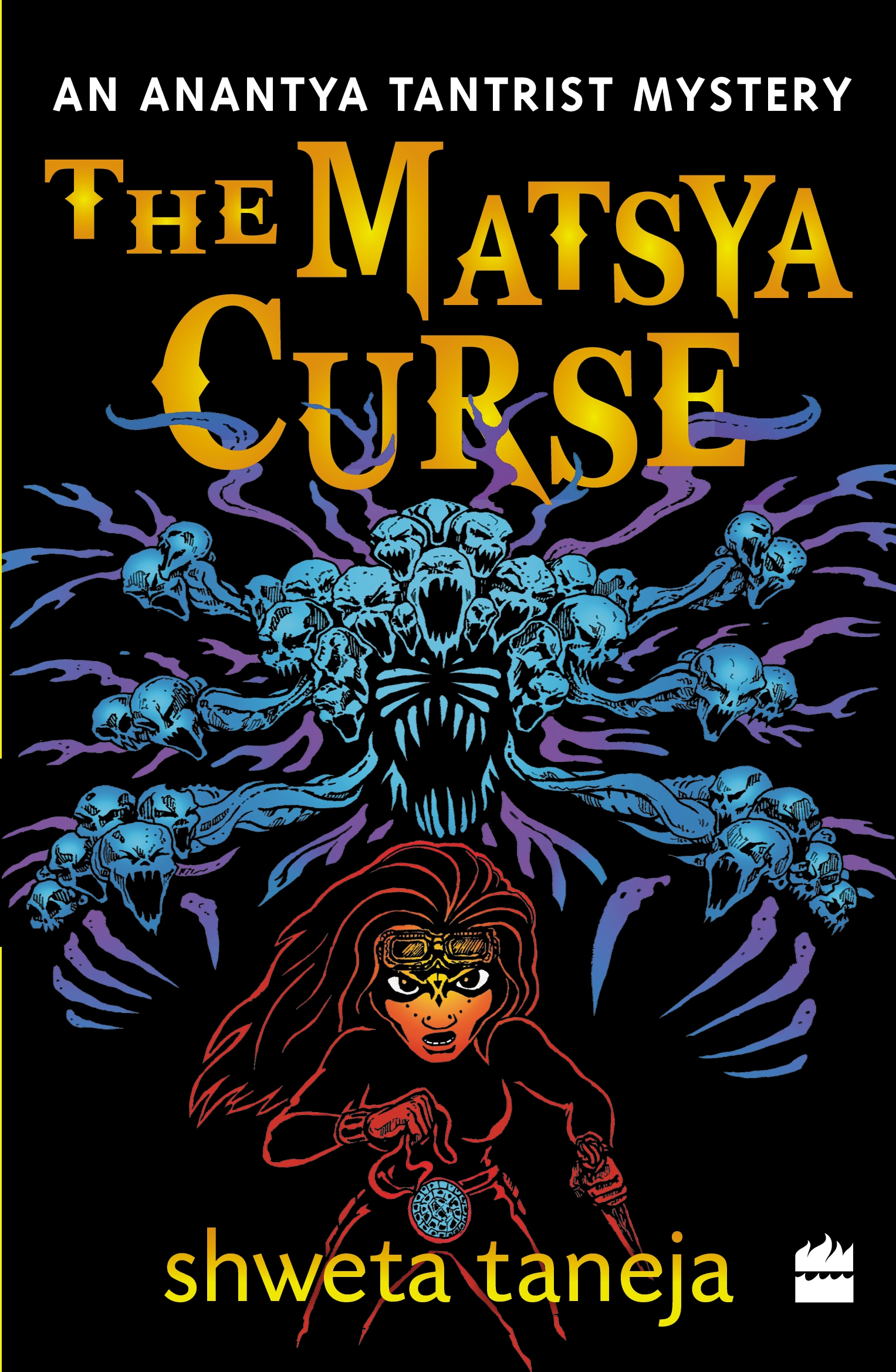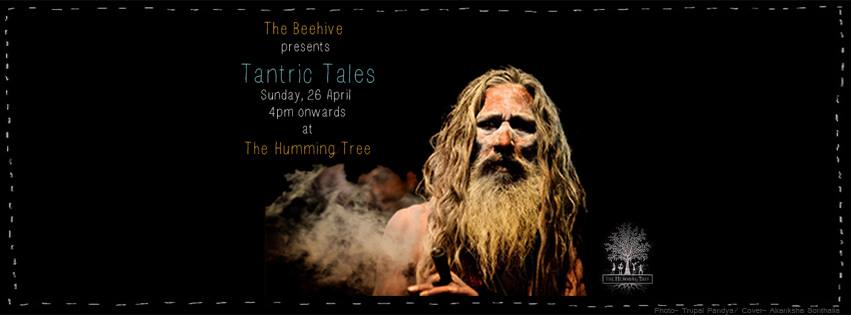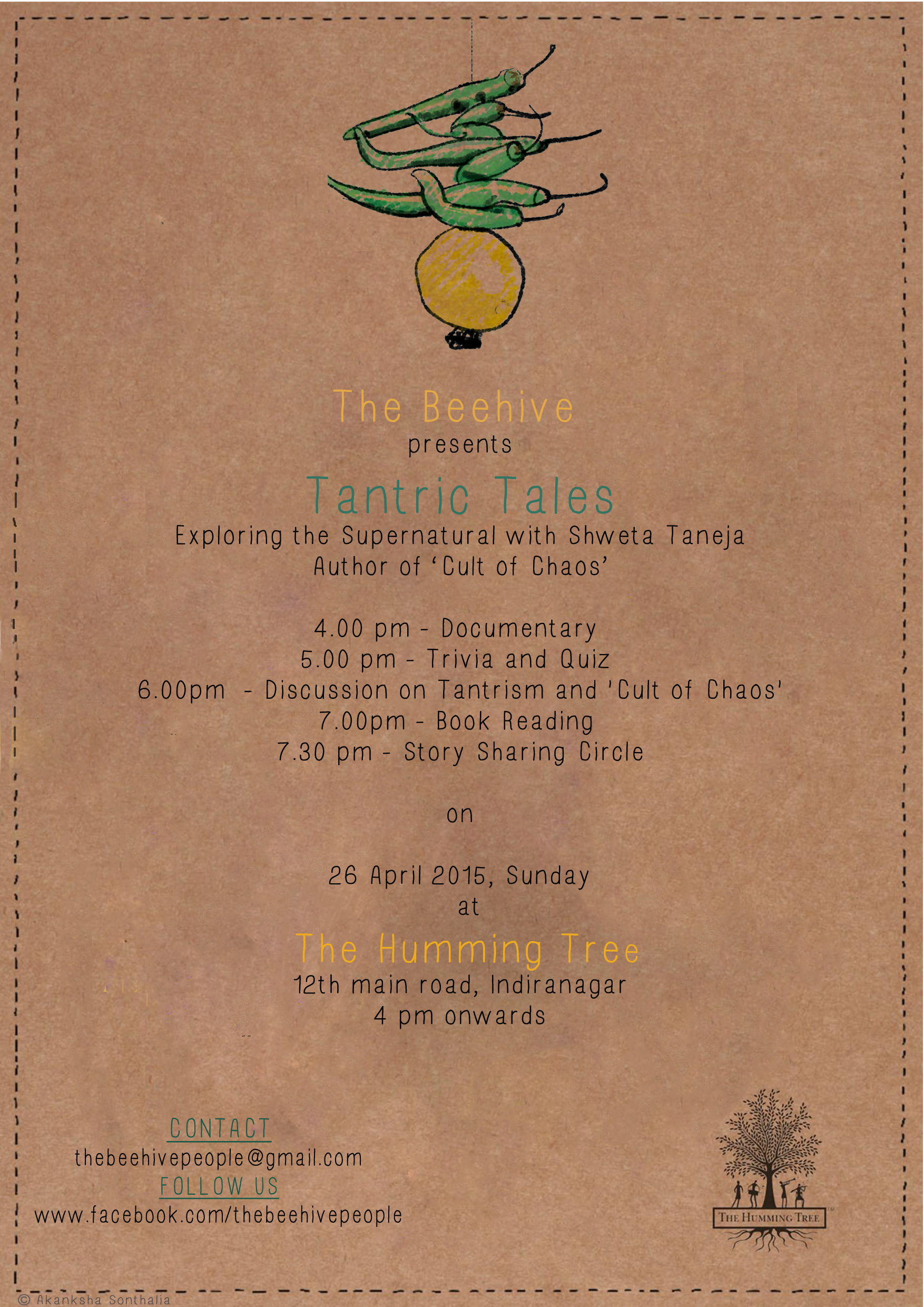The Non-Tantrik Department was crawling with all kinds of pashus and mayans, who might have arrived here at night and now waited for their stamped pieces of paper to get into the city. Rakshasas, yakshas, dasyus, looked at me with lazy eyes, unseeing and disinterested, waiting for their name to be called. I stepped over a half-eaten dog lying next to a chandaali, who slept with her hand cuffed to the wall, and walked on. Madhu followed, gasping at something every now and then.
‘What are these creatures?’
Madhu asked me, as we walked along the corridor with damp and filthy walls, a layer of grease splattered on them. The corridor stank of piss and shit and was littered with enough cups, broken plastic bottles, pieces of clothes, bones and stale food to almost hide the tiles of the floor.
‘Immigrants from outside the city, waiting for a passport from the immigration o office,’ I replied.
‘Immigration? Aren’t they Indians?’
‘Hah,” I said. “The Indian government doesn’t recognize them. The tantriks who do, want them to get immigration stamps if they come in highly concentrated human spaces like cities. Which is where the immigration office comes in. Without the papers and a human identity, the supernaturals can be arrested and put into the Tantrik Authority’s rotten prisons.’
The Immigration Department was a sham created for the sole purpose of bringing all sups under the control of tantriks. Before CAT had been created, cities were free spaces where any sup could move to. As long as they didn’t reveal themselves to the humans. But now, with the recent creation of the association, things had been getting organized.
Continue reading “‘Immigration? Aren’t they Indians?’”
